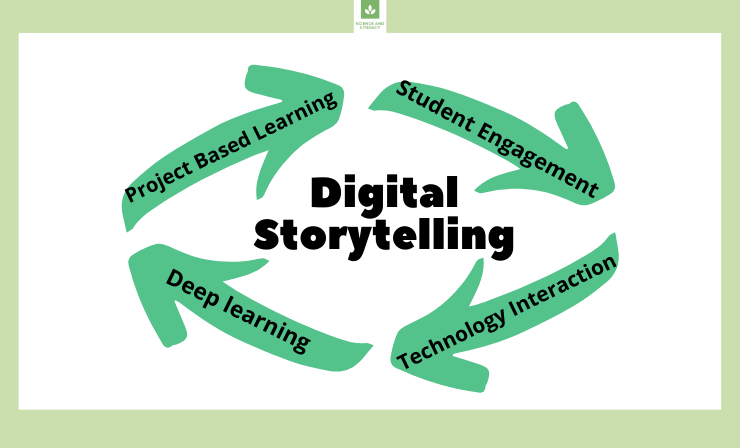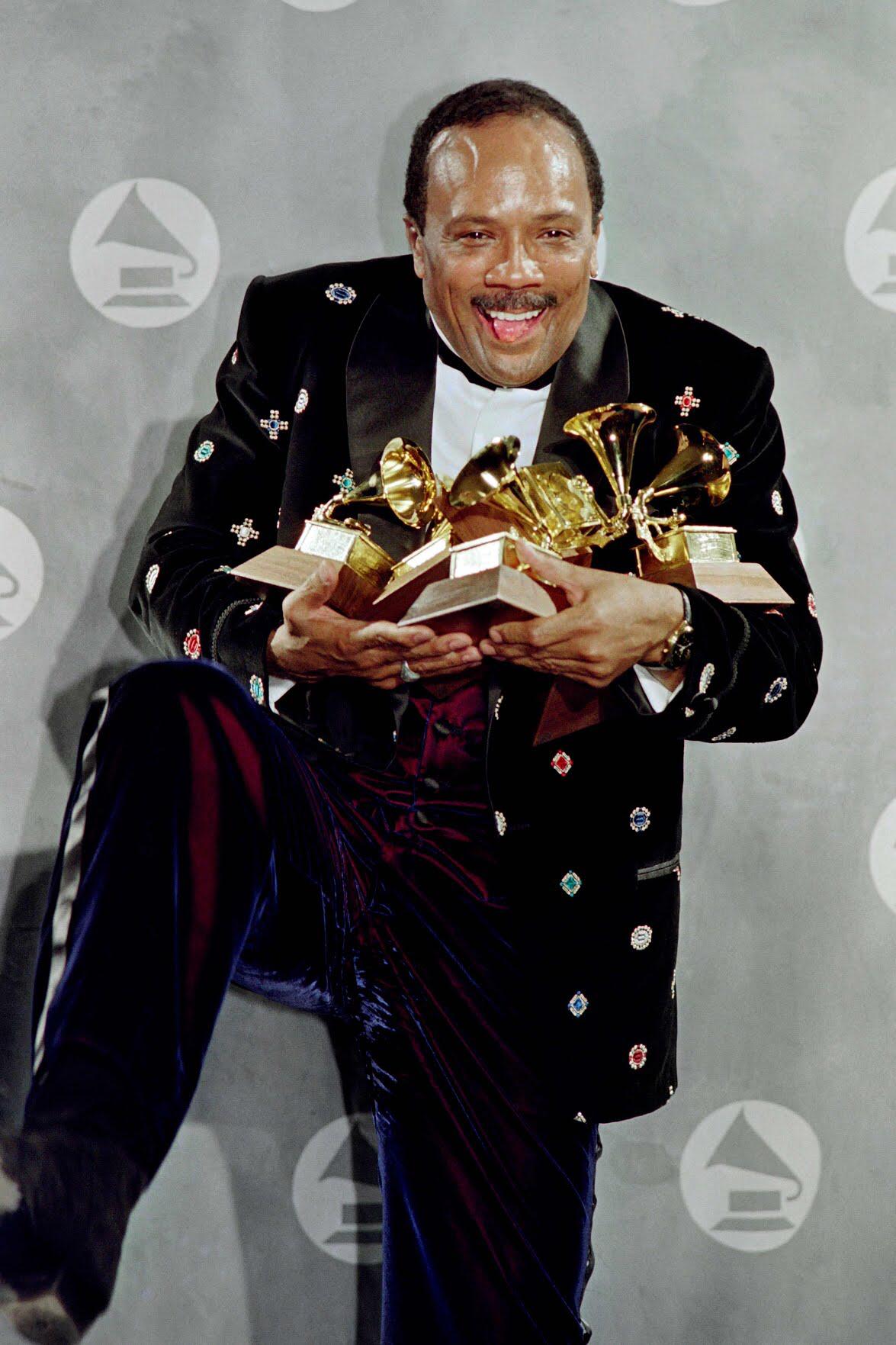Digital storytelling is a short form of digital media production that allows everyday people to share aspects of their story. The media used may include the digital equivalent of film techniques, stills, audio only, or any of the other forms of non-physical media (material that exists only as electronic files as opposed to actual paintings or photographs on paper, sounds stored on tape or disc, movies stored on film) which individuals can use to tell a story or present an idea.
Why is digital storytelling important?
Digital storytelling persuades the brain and the heart.
Digital stories can teach students the value of emotional rhetoric, allowing them to explore new ways of acting or thinking differently. These stories can elicit emotional responses in students and encourage them to pursue topics that they're passionate about.
ELEMENTS
1. Point of View
What is the main point of the story and what is the perspective of the author?
2. A Dramatic Question
A key question that keeps the viewer's attention and will be answered by the end of the story.
3. Emotional Content
Serious issues that come alive in a personal and powerful way and connects the story to the audience.
4. The Gift of Your Voice
A way to personalize the story to help the audience understand the context.
5. The Power of the Soundtrack
Music or other sounds that support and embellish the storyline.
6. Economy
Using just enough content to tell the story without overloading the viewer.
7. Pacing
The rhythm of the story and how slowly or quickly it progresses.
WHY Digital Storytelling?
Digital stories push students to become creators of content, rather than just consumers. Weaving together images, music, text, and voice, digital stories can be created in all content areas and at all grade levels while incorporating the 21st century skills of creating, communicating, and collaborating.
Becoming a great digital storyteller
1. Start with an Idea
All stories begin with an idea, and digital stories are no different. This idea could be the topic of a lesson, a chapter heading in a textbook, or a question asked in class. Digital stories might be fiction or non-fiction.
2. Research/Explore/Learn
Whether writing a fiction or nonfiction digital story, students need to research, explore or learn about the topic in order to create a base of information on which the story will be built.
3. Write/Script
When you are trying to write, there is nothing worse than a blank sheet of paper. That’s why I strongly encourage the 2 pre-writing steps above.
4. Storyboard/Plan
Good stories start with a good script, but they don’t end there. This is where we transition into visual media literacies.
5. Gather and Create Images, Audio and Video
This is the “stuff” that makes magic happen and writing come alive. Using their storyboard as a guide, students will gather – or create – images, audio and video.
6. Put It All Together
This is where the magic happens – where students discover if their storyboard needs tweaking and if they have enough “stuff” to create their masterpiece.
Are you looking forward to being a Digital Storyteller? Next week we will have one of our best inspirations in the industry, giving you tricks and navigating through digital storytelling.







Leave a Reply